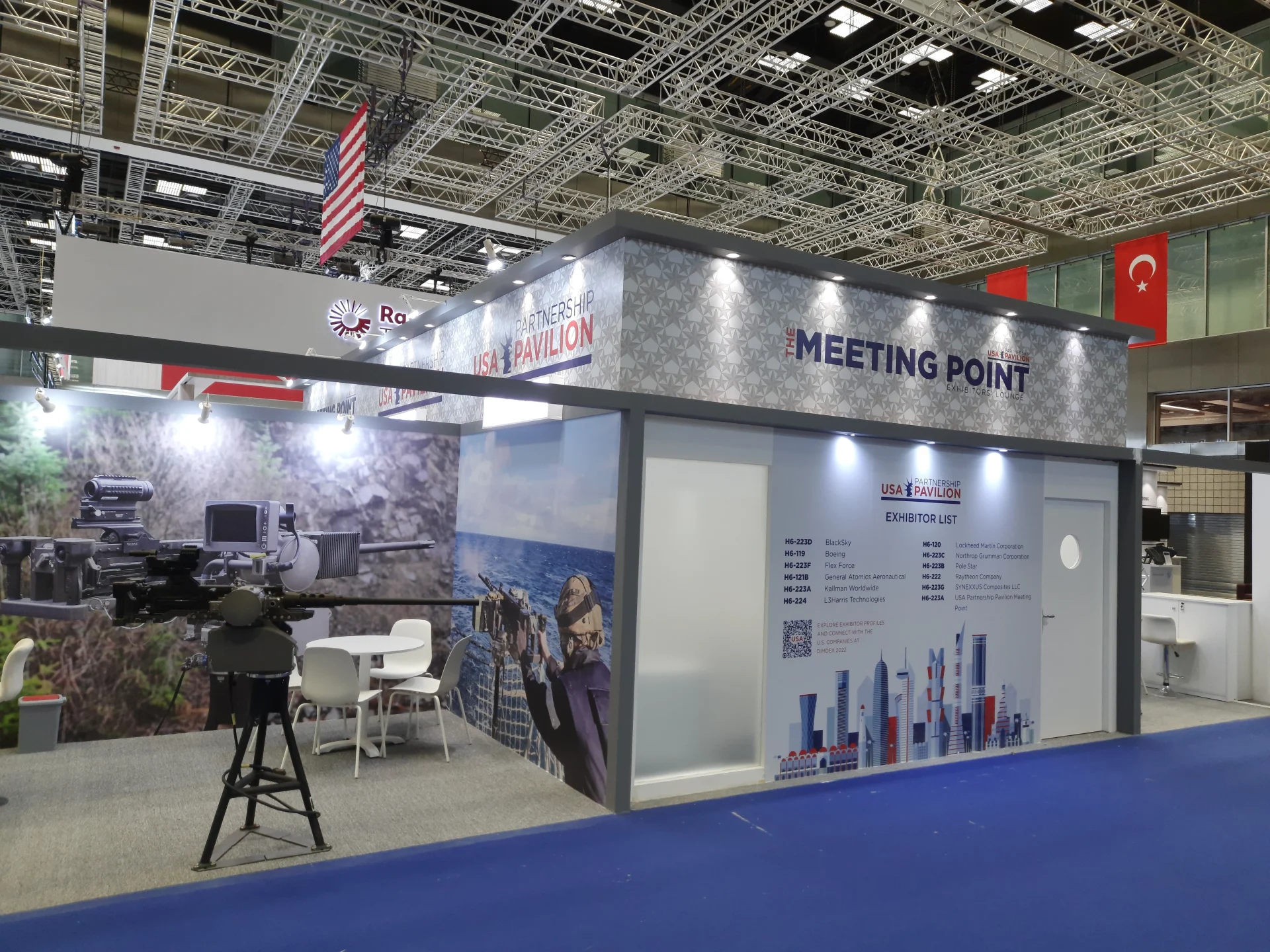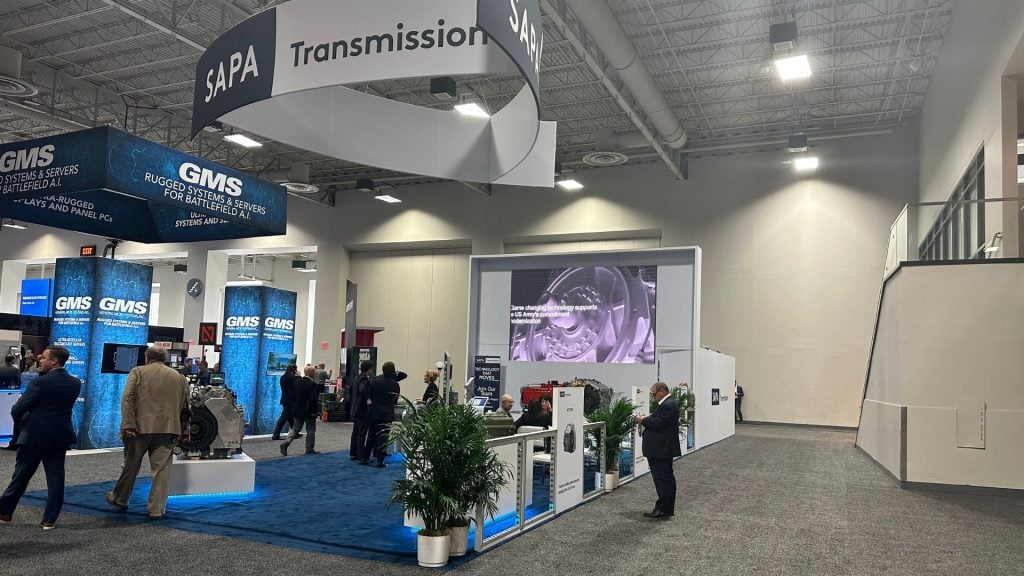
Introduction
Trade shows are more than just a showcase of products and services—they’re a psychological battlefield where companies compete for attention, interest, and loyalty. Understanding the principles of human psychology can transform your booth from a simple display to an interactive magnet that captivates and engages attendees.
This blog explores how you can use psychological insights to enhance your trade show design and create a memorable experience.
First Impressions Matter: The Power of Visual Appeal
Humans process visual information faster than text, and first impressions are formed within milliseconds. Your booth design is your brand’s handshake—it must instantly convey professionalism, relevance, and intrigue.
Tips for a Visually Striking Booth:
- Bold Colors: Use colors that align with your brand and evoke desired emotions (e.g., blue for trust, green for sustainability, red for energy).
- Clean Layouts: Avoid clutter; a streamlined design helps attendees focus on key messages.
- Lighting Effects: Proper lighting can highlight focal points and create an inviting atmosphere.
The Principle of Reciprocity: Give to Get
The principle of reciprocity states that people feel obligated to return favors. At trade shows, offering something of value—free samples, educational content, or interactive experiences—can encourage attendees to engage with your brand.
How to Leverage Reciprocity:
- Offer exclusive giveaways tied to your brand.
- Provide valuable insights through live demonstrations or mini-seminars.
- Create interactive games or quizzes with small prizes.
Curiosity and Engagement: The Zeigarnik Effect
The Zeigarnik Effect suggests that people remember incomplete tasks better than completed ones. Use this principle to intrigue attendees and keep them engaged.
Applications in Booth Design:
- Use teasers or partial reveals of your product to spark curiosity.
- Offer step-by-step demonstrations that encourage attendees to stay and watch.
- Create a mystery element, such as an interactive display that reveals information only after specific actions.
Social Proof: Leverage the Crowd
People tend to follow the behavior of others, especially in uncertain situations. A bustling booth signals that your brand is worth exploring.
How to Generate Social Proof:
- Feature live testimonials or success stories from satisfied clients.
- Highlight social media mentions in real-time using a display screen.
- Attract a crowd with live events, such as product launches or competitions.
The Role of Emotions: Creating Memorable Experiences
Memories are often tied to emotions. By creating an emotionally charged experience, you can ensure that attendees associate positive feelings with your brand.
Ways to Evoke Emotions:
- Use immersive storytelling to convey your brand’s mission and impact.
- Incorporate sensory elements like music, scents, or tactile displays.
- Design an interactive photo op that attendees can share on social media.
Authority and Trust: Establishing Credibility
People trust experts and authoritative brands. Position yourself as an industry leader to gain trust and interest.
Building Authority:
- Showcase awards and certifications prominently.
- Use industry-specific jargon carefully to demonstrate expertise.
- Present case studies or proven results through visual displays or handouts.
Fear of Missing Out (FOMO): Create Urgency
The fear of missing out is a powerful motivator. At a trade show, where attendees have limited time, creating a sense of urgency can drive them to your booth.
How to Spark FOMO:
- Promote limited-time offers or exclusive deals.
- Announce event-only products or services.
- Use countdown timers to highlight upcoming activities at your booth.
Measuring Psychological Impact
After implementing these psychological principles, it’s crucial to assess their effectiveness. Metrics to consider include:
- Foot Traffic: Count the number of visitors to your booth.
- Engagement Levels: Track participation in activities or time spent interacting with your display.
- Lead Quality: Evaluate the relevance and potential of the leads you’ve gathered.
Conclusion
By understanding and applying psychological principles, you can create a trade show booth that not only attracts but deeply engages attendees. From visual appeal to emotional resonance, every element of your booth can be optimized to leave a lasting impression.
Trade shows aren’t just about showcasing products—they’re about building connections and trust. Use psychology to turn fleeting interactions into meaningful relationships.


 Global
Global Europe
Europe

